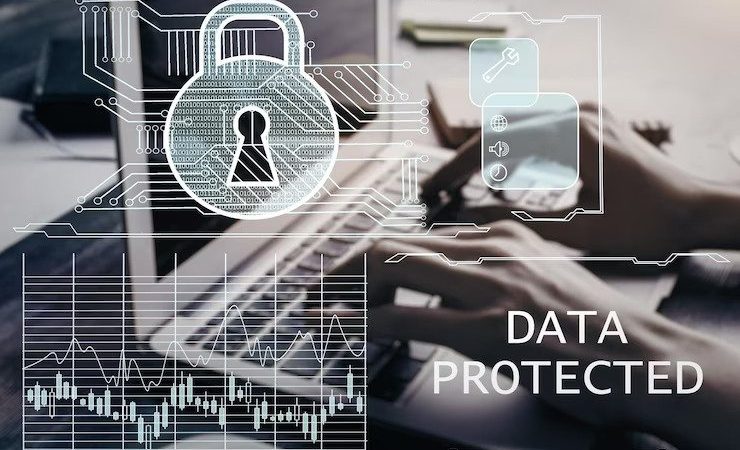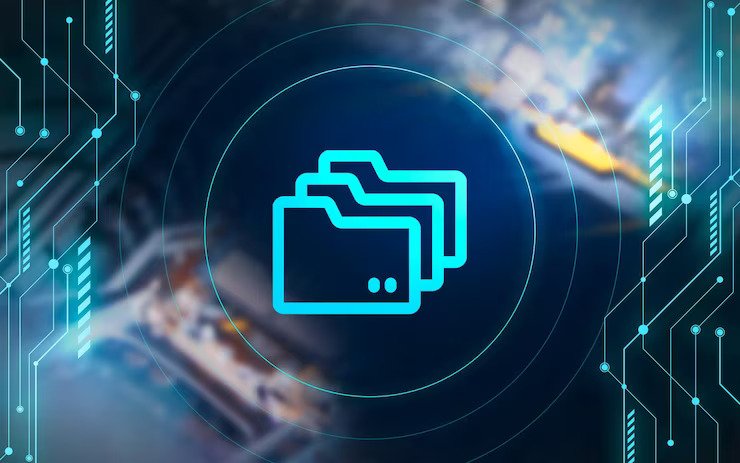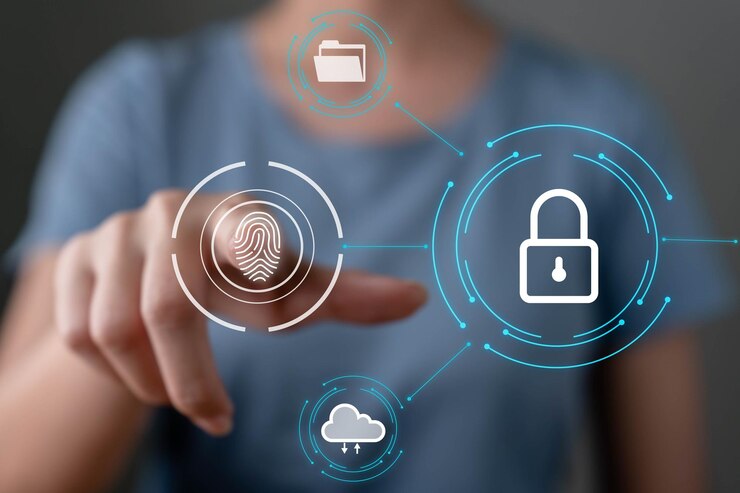7 Reasons Your PPC Campaign Isn’t Converting (And How to Fix It)
Pijus Maity, 2 days ago

Data is one of the most valuable assets for businesses and individuals alike. However, data can also be vulnerable to disasters like floods, fires, earthquakes, cyberattacks, or theft.
If you lose your data due to an emergency, you may face serious consequences, such as financial losses, legal issues, customer dissatisfaction, or identity theft.
This blog post will share some practical tips for safeguarding your data before an emergency strikes. These tips will help you prepare for any scenario and minimize the impact of a crisis on your data security and integrity.

The first step to safeguarding your data is to store (backups) your most important documents somewhere they can’t be destroyed or hacked. Then, you should be the only one to access it anytime.
Remember to store the copies/backups separately from the original ones.
Some of the documents and valuables that you should store include:
Some of the options for storing them include:
These metal boxes can withstand high temperatures and protect your documents from fire damage.
They come in different sizes and shapes and can be locked with a key or a combination. You can keep them at home or the office.
These online platforms, like Google Drive, Dropbox, iCloud, OneDrive, etc. allow you to store your data on remote servers accessible via the Internet.
They offer features such as encryption, synchronization, backup, recovery, sharing, collaboration, etc.
Encryption is converting data into an unreadable format that can only be decoded with a key or password.
You can apply encryption to data at rest (stored on devices) or in transit (transferred over the internet/network).
Encryption software/hardware such as BitLocker and SecureDrive can be used for data at rest, while encryption protocols like SSL and VPN and services like Signal and WhatsApp can be used for data in transit.
As part of your data backup and recovery strategies, you should also decide what to do with your old or unused hard drives that contain sensitive data.
One option is to use a hard drive shredding service that can securely and permanently destroy your hard drives by cutting, crushing, or shredding them into tiny pieces and prevent any data recovery or breach.
You can also use software erasers (like DBAN, and CCleaner) that overwrite your data with random or meaningless data multiple times until it is impossible to recover.
However, wiping data isn’t always recommended. You should only wipe data from your devices or drives in the following situations:
Businesses should always have a plan that outlines how their business will handle its data in an emergency.
The plan should include a list of the potential risks and threats to your data, define the roles and responsibilities of your team members, and establish the procedures and protocols for data backup and recovery.

You should use strong passwords to protect your data from unauthorized access or theft. Your password should be long, complex, unique, and unpredictable.
It should contain a combination of uppercase and lowercase letters, numbers, symbols, and spaces. It should not contain any personal information, common words, patterns, or sequences.
You should also follow some best practices for passwords, such as:
Human factors are a major cause of data loss or breach. According to a study by Kaspersky Lab, 52% of businesses admit that employees are their biggest weakness in IT security.
Staff can cause data loss or breach by making mistakes. Some examples of human errors or behaviors are:
You should educate and train staff on data management and protection to prevent human errors or behaviors that can compromise data. You should:
According to a report by IBM and the Ponemon Institute, the average cost of a data breach in 2021 was $4.24 million, the highest in 17 years.
The report also found that data breaches took an average of 287 days to identify and contain. One of the main reasons behind this is not updating the most recent regulations and software.
Data management and protection are not one-time activities. Instead, they require constant monitoring and improvement to meet changing business needs and environmental conditions.
You should test and update your plan by doing the following:

Safeguarding your data from digital threats before an emergency strike is a smart move and a necessity.
By following these tips, you can protect your data from damage or destruction, restore your data quickly and easily, protect your company from data breach lawsuits, and maintain your business continuity and reputation.
Read Also:
Arnab Dey is a passionate blogger who loves to write on different niches like technologies, dating, finance, fashion, travel, and much more.

Nabamita Sinha, 4 days ago